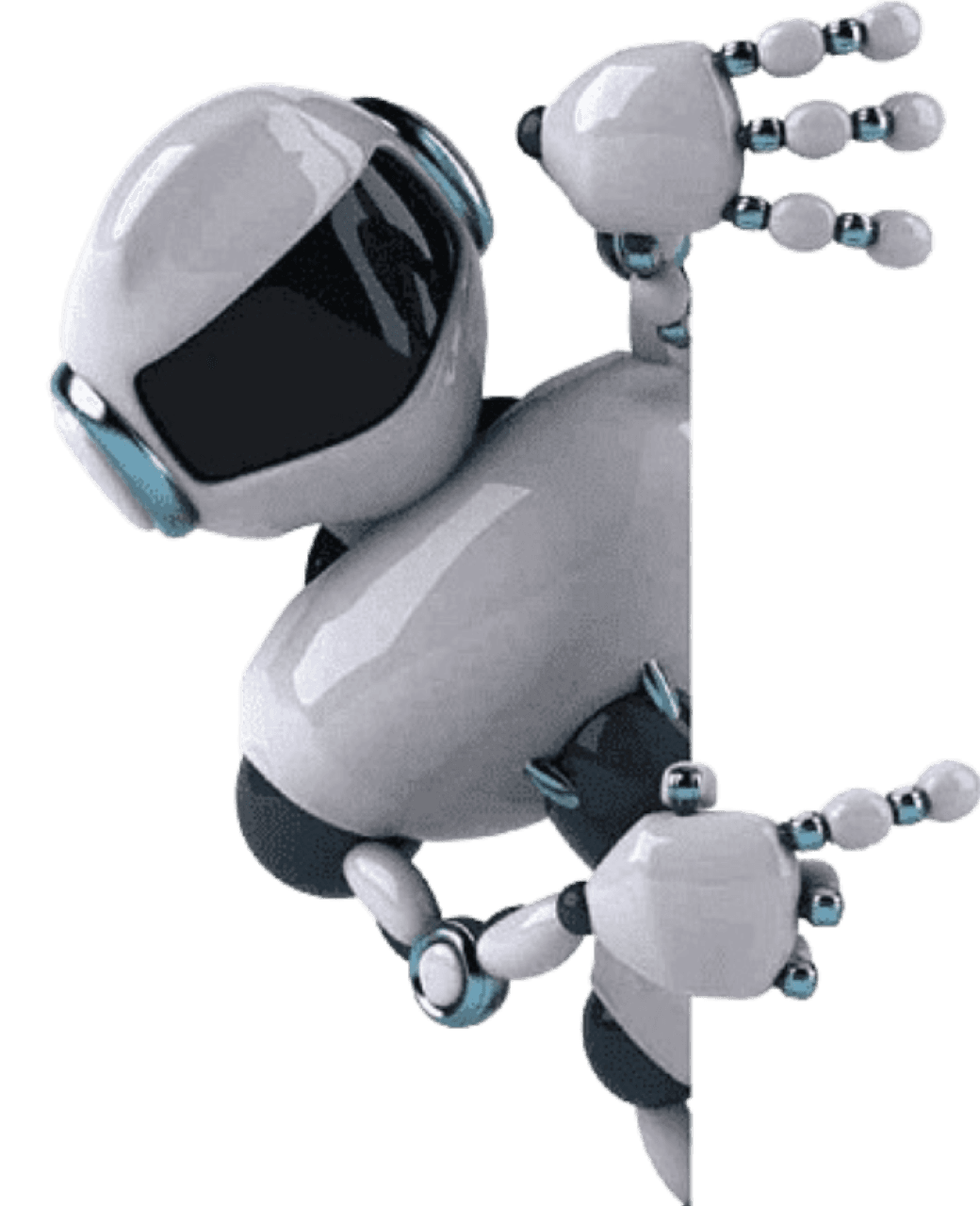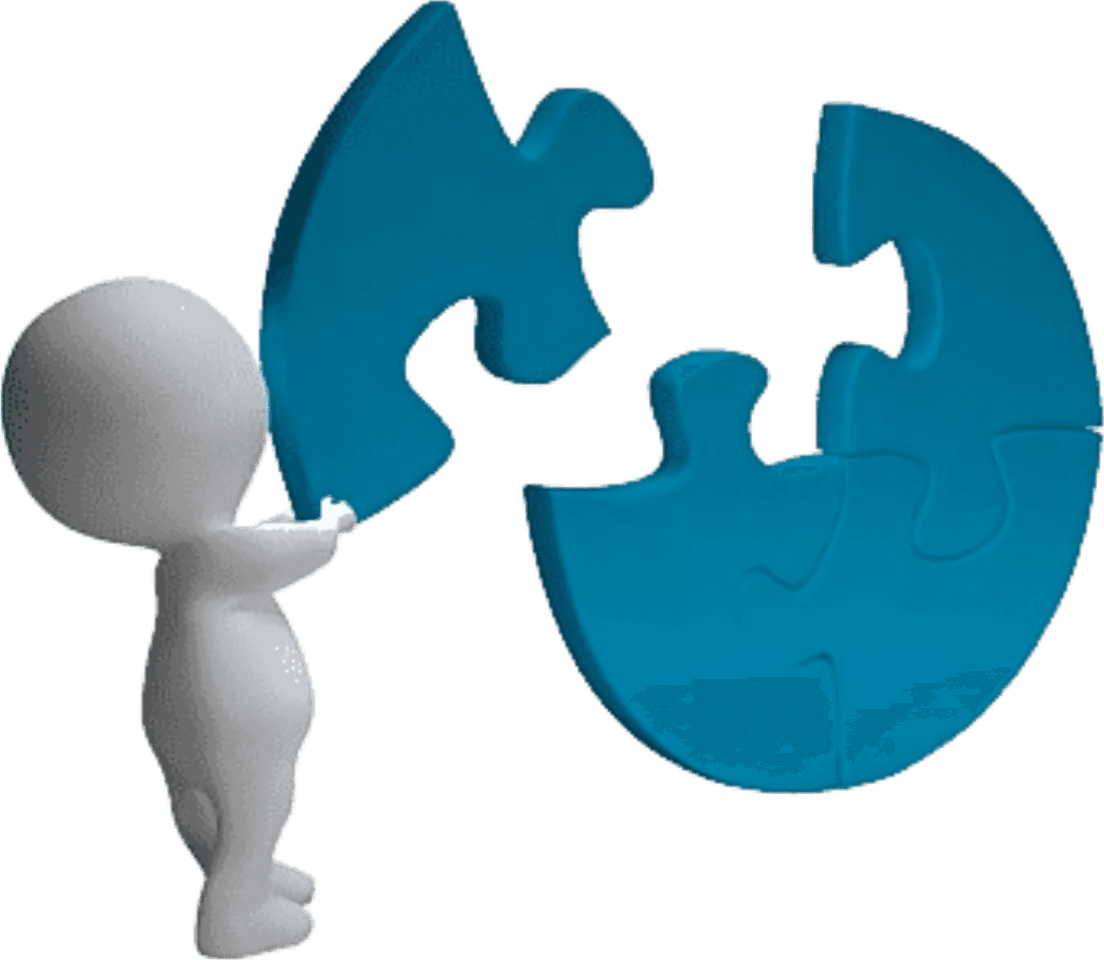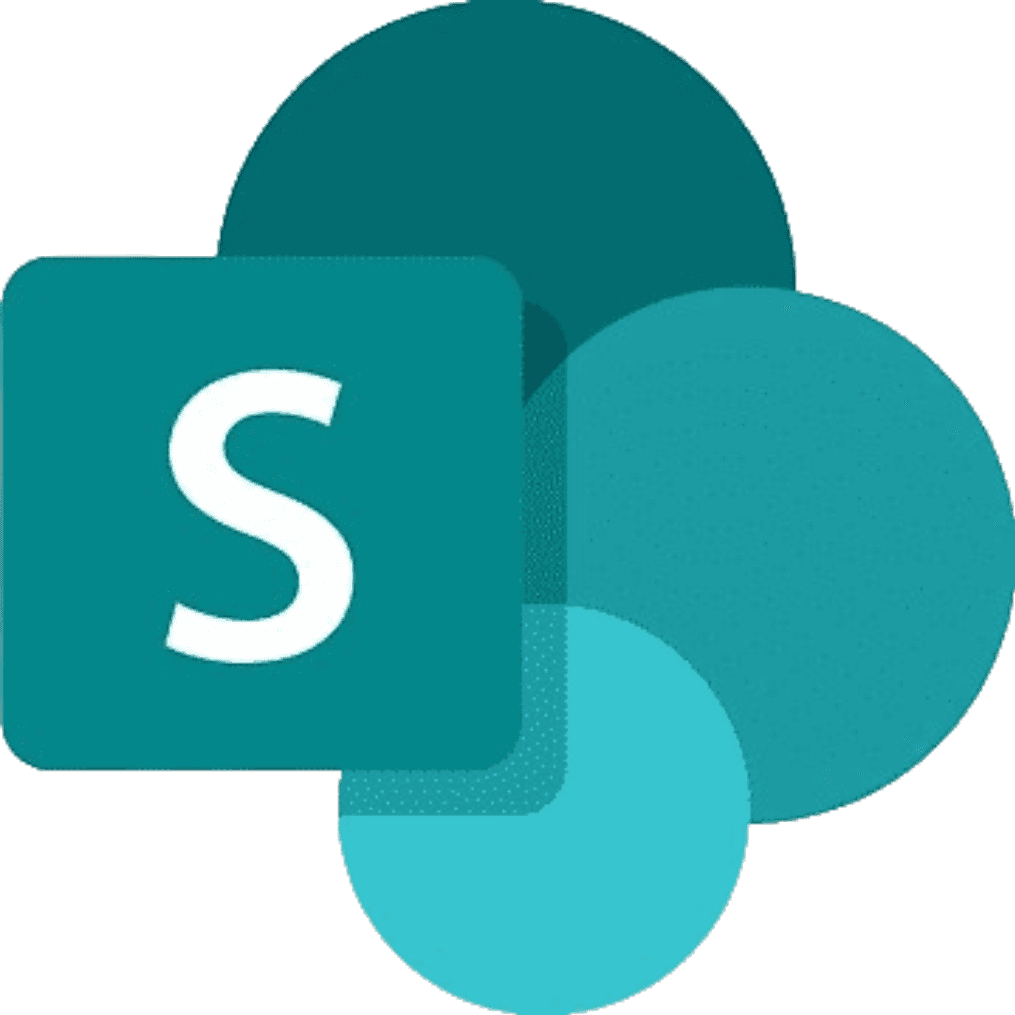A Guide on Using Vision AI to Ensure Regulatory Compliance and Worker Safety in Manufacturing
A Guide on Using Vision AI to Ensure Regulatory Compliance and Worker Safety in Manufacturing
A Guide on Using Vision AI to Ensure Regulatory Compliance and Worker Safety in Manufacturing
A Guide on Using Vision AI to Ensure Regulatory Compliance and Worker Safety in Manufacturing
A Guide on Using Vision AI to Ensure Regulatory Compliance and Worker Safety in Manufacturing
A Guide on Using Vision AI to Ensure Regulatory Compliance and Worker Safety in Manufacturing
A Guide on Using Vision AI to Ensure Regulatory Compliance and Worker Safety in Manufacturing
By Apratim Ghosh
By Apratim Ghosh
By Apratim Ghosh
Dec 13, 2024
Dec 13, 2024
Dec 13, 2024
Vision AI
Vision AI
Vision AI Solution
Vision AI Solution
computer vision and pattern recognition
computer vision and pattern recognition
Listen to this blog :
0:00/1:34
White paper
White paper
AI Based Gross to Net (G2N) Solution
AI Based Gross to Net (G2N) Solution
Valuable Asset For Agri Science Company
Valuable Asset For Agri Science Company





A steel manufacturer in the US was recently fined $43K for an industrial accident that led to death and a double leg amputation for two employees. In a similar incident, an Australian electrical manufacturer came under regulatory scrutiny after hundreds of kilograms of cable crushed a worker.
Worker safety incidents are rampant across the manufacturing world. Such accidents or mishaps risk worker health and well-being and attract massive regulatory fines from bodies such as the Occupational Safety and Health Administration (OSHA).
While computer vision plays a huge role in ensuring manufacturing quality, this blog will showcase its application in ensuring regulatory compliance and worker safety in manufacturing.
Worker Safety Issues in Manufacturing
Worker safety hazards in the manufacturing sector range from physical dangers posed by machinery and materials to ignorance of safety procedures. Despite innovations in safety procedures and equipment, the industry faces significant challenges in mitigating these dangers. Let’s look at the top reasons for worker safety issues in manufacturing:
Absence of protective gear: Personal protective equipment (PPE) is crucial to worker safety in the manufacturing sector. The absence of PPE, such as helmets, safety glasses, or protective shoes, can expose workers to hazards and cause serious workplace injuries and illnesses.
Ignorance of safety risks: The industrial landscape is fraught with safety challenges. From moving equipment parts to hazardous gases, loud noise to low temperatures, falling objects to unprotected ledges, ignorance of safety risks, or poor understanding of surroundings jeopardizes worker safety.
Presence of harmful chemicals: Workers in chemical manufacturing plants are exposed to toxic chemicals, leading to hazards that can impact normal bodily functions. While converting raw materials into other chemical compounds, there is a high chance of smoke or spill, leading to poor vision or respiratory issues.
How Vision AI Enables Workplace Safety Compliance
Warehouses, shop floors, and distribution centers represent many risks to a workforce's health and safety. AI Vision technology can help monitor and analyze people's movements within manufacturing ecosystems and enhance workplace safety by identifying real-time noncompliance.
From workers not using designated walkways to the presence of smoke or chemicals --- vision AI can issue safety alerts so that immediate action can be taken to minimize risk and reduce unsafe behavior.
Here are three ways vision AI enables workplace safety compliance:
Risk detection: Advanced vision AI solutions can proactively detect risks and unsafe behavior, protecting worker safety while ensuring compliance with necessary safety regulations. Intelligent cameras with computer vision capabilities, for instance, can detect smoke, spilled oil, or a falling object and prevent mishaps from happening. The technology can also analyze video footage to identify workers without the necessary PPE (or detect faulty or damaged PPE), encourage appropriate measures, and ensure compliance with work safety protocols.
Real-time alerting: In addition to proactively detecting risks, vision AI technology can enable real-time alerting, averting workplace accidents. For example, if a worker is too close to sharp equipment or dangerously leaning on scaffolding, the system can send immediate alerts to the relevant personnel, enabling swift intervention. Similarly, if a worker enters a risk zone or hangs on a ledge, computer vision systems can trigger an alarm, prompting immediate action to ensure the worker’s safety. AI vision systems can also analyze patterns in sensor data and recognize early warning signs, such as abnormal temperature fluctuations or changes in air quality, triggering alerts before a fire fully develops.
Risk mitigation: Computer vision and pattern recognition systems can capture and save critical worker safety footage, helping shopfloor managers identify the root cause of injuries or mishaps. In the event of an accident, they can provide a comprehensive account of what happened, including the sequence of events leading up to the incident. Safety managers can use this information to implement corrective actions, ensure compliance with safety standards, and prevent future incidents.
Getting Started with Vision AI in Manufacturing
Adopting vision AI in manufacturing can completely transform worker safety and compliance. To ensure a seamless transition to intelligent automation, here are some things to keep in mind:
Identify use cases: Vision AI has various use cases in manufacturing. To make the most of the technology, it is essential to identify use cases and embrace the technology on a pilot basis to monitor implementation success and learn from mistakes.
Understand challenges: Implementing vision AI involves some challenges, such as high implementation costs, collecting data, and building models. Awareness of these roadblocks can aid in planning solutions, necessitating partnerships with technology providers to ensure smooth implementation and scalability.
Build a roadmap: Workshops with vision AI vendors, internal auditors, compliance managers, and shopfloor managers can help accelerate the adoption journey. Vendors can help visualize innovative solutions to improve safety while providing new ideas and an actionable roadmap for getting started.
Adopt the right tools: Choosing the right tools is essential to drive the proper outcomes. Modern tools offer several customization options that allow manufacturing companies to personalize features and capabilities to meet unique safety needs and requirements.
Monitor and optimize: Regularly monitoring the vision AI solutions’ performance can help identify gaps while uncovering opportunities for improvement. For example, if the system cannot flag a lack of PPE as a worker safety hazard, teams can feed in PPE-related data and train models with this new data to ensure the system stays relevant to required use cases.
Vision AI is revolutionizing manufacturing workplace safety. These powerful AI-powered cameras act as the first-line offense, helping firms detect unsafe conditions, alert site managers, and enable effective risk mitigation.
With the computer vision market expected to reach $50.97 billion by 2030, its application across industries is growing. In the manufacturing sector, computer vision is critical in ensuring worker health and well-being, maintaining compliance with necessary regulations, and setting new standards in safety protocols that reduce accidents and save lives.
A steel manufacturer in the US was recently fined $43K for an industrial accident that led to death and a double leg amputation for two employees. In a similar incident, an Australian electrical manufacturer came under regulatory scrutiny after hundreds of kilograms of cable crushed a worker.
Worker safety incidents are rampant across the manufacturing world. Such accidents or mishaps risk worker health and well-being and attract massive regulatory fines from bodies such as the Occupational Safety and Health Administration (OSHA).
While computer vision plays a huge role in ensuring manufacturing quality, this blog will showcase its application in ensuring regulatory compliance and worker safety in manufacturing.
Worker Safety Issues in Manufacturing
Worker safety hazards in the manufacturing sector range from physical dangers posed by machinery and materials to ignorance of safety procedures. Despite innovations in safety procedures and equipment, the industry faces significant challenges in mitigating these dangers. Let’s look at the top reasons for worker safety issues in manufacturing:
Absence of protective gear: Personal protective equipment (PPE) is crucial to worker safety in the manufacturing sector. The absence of PPE, such as helmets, safety glasses, or protective shoes, can expose workers to hazards and cause serious workplace injuries and illnesses.
Ignorance of safety risks: The industrial landscape is fraught with safety challenges. From moving equipment parts to hazardous gases, loud noise to low temperatures, falling objects to unprotected ledges, ignorance of safety risks, or poor understanding of surroundings jeopardizes worker safety.
Presence of harmful chemicals: Workers in chemical manufacturing plants are exposed to toxic chemicals, leading to hazards that can impact normal bodily functions. While converting raw materials into other chemical compounds, there is a high chance of smoke or spill, leading to poor vision or respiratory issues.
How Vision AI Enables Workplace Safety Compliance
Warehouses, shop floors, and distribution centers represent many risks to a workforce's health and safety. AI Vision technology can help monitor and analyze people's movements within manufacturing ecosystems and enhance workplace safety by identifying real-time noncompliance.
From workers not using designated walkways to the presence of smoke or chemicals --- vision AI can issue safety alerts so that immediate action can be taken to minimize risk and reduce unsafe behavior.
Here are three ways vision AI enables workplace safety compliance:
Risk detection: Advanced vision AI solutions can proactively detect risks and unsafe behavior, protecting worker safety while ensuring compliance with necessary safety regulations. Intelligent cameras with computer vision capabilities, for instance, can detect smoke, spilled oil, or a falling object and prevent mishaps from happening. The technology can also analyze video footage to identify workers without the necessary PPE (or detect faulty or damaged PPE), encourage appropriate measures, and ensure compliance with work safety protocols.
Real-time alerting: In addition to proactively detecting risks, vision AI technology can enable real-time alerting, averting workplace accidents. For example, if a worker is too close to sharp equipment or dangerously leaning on scaffolding, the system can send immediate alerts to the relevant personnel, enabling swift intervention. Similarly, if a worker enters a risk zone or hangs on a ledge, computer vision systems can trigger an alarm, prompting immediate action to ensure the worker’s safety. AI vision systems can also analyze patterns in sensor data and recognize early warning signs, such as abnormal temperature fluctuations or changes in air quality, triggering alerts before a fire fully develops.
Risk mitigation: Computer vision and pattern recognition systems can capture and save critical worker safety footage, helping shopfloor managers identify the root cause of injuries or mishaps. In the event of an accident, they can provide a comprehensive account of what happened, including the sequence of events leading up to the incident. Safety managers can use this information to implement corrective actions, ensure compliance with safety standards, and prevent future incidents.
Getting Started with Vision AI in Manufacturing
Adopting vision AI in manufacturing can completely transform worker safety and compliance. To ensure a seamless transition to intelligent automation, here are some things to keep in mind:
Identify use cases: Vision AI has various use cases in manufacturing. To make the most of the technology, it is essential to identify use cases and embrace the technology on a pilot basis to monitor implementation success and learn from mistakes.
Understand challenges: Implementing vision AI involves some challenges, such as high implementation costs, collecting data, and building models. Awareness of these roadblocks can aid in planning solutions, necessitating partnerships with technology providers to ensure smooth implementation and scalability.
Build a roadmap: Workshops with vision AI vendors, internal auditors, compliance managers, and shopfloor managers can help accelerate the adoption journey. Vendors can help visualize innovative solutions to improve safety while providing new ideas and an actionable roadmap for getting started.
Adopt the right tools: Choosing the right tools is essential to drive the proper outcomes. Modern tools offer several customization options that allow manufacturing companies to personalize features and capabilities to meet unique safety needs and requirements.
Monitor and optimize: Regularly monitoring the vision AI solutions’ performance can help identify gaps while uncovering opportunities for improvement. For example, if the system cannot flag a lack of PPE as a worker safety hazard, teams can feed in PPE-related data and train models with this new data to ensure the system stays relevant to required use cases.
Vision AI is revolutionizing manufacturing workplace safety. These powerful AI-powered cameras act as the first-line offense, helping firms detect unsafe conditions, alert site managers, and enable effective risk mitigation.
With the computer vision market expected to reach $50.97 billion by 2030, its application across industries is growing. In the manufacturing sector, computer vision is critical in ensuring worker health and well-being, maintaining compliance with necessary regulations, and setting new standards in safety protocols that reduce accidents and save lives.
Get in Touch
Get in Touch
Related Blogs
Related Blogs
Related Blogs
Related Blogs





Join our Newsletter 👇,
Join our Newsletter 👇,
Join our Newsletter 👇,
Join our Newsletter 👇,
Want the latest technology updates & business trends in your inbox? Subscribe to our newsletter and experience reading really interesting and informative.
Want the latest technology updates & business trends in your inbox? Subscribe to our newsletter and experience reading really interesting and informative.
Your email address
Sign me up
Explore more topics
Ready to brush up on something new? We've got more to read right this way.
Explore more topics
Ready to brush up on something new? We've got more to read right this way.
Explore more topics
Ready to brush up on something new? We've got more to read right this way.
Explore more topics
Ready to brush up on something new? We've got more to read right this way.
Explore more topics
Ready to brush up on something new? We've got more to read right this way.
TECH
Inspire
Ideate
Inovate
Reach Out to Us :
Copyright © 2025 InovarTech. All rights reserved
TECH
Inspire
Ideate
Inovate
Reach Out to Us :
Copyright © 2025 InovarTech. All rights reserved
TECH
Inspire
Ideate
Inovate
Reach Out to Us :
Copyright © 2025 InovarTech. All rights reserved
TECH
Inspire
Ideate
Inovate
Reach Out to Us :
Copyright © 2025 InovarTech. All rights reserved
TECH
Inspire
Ideate
Inovate
Reach Out to Us :
Copyright © 2025 InovarTech. All rights reserved








